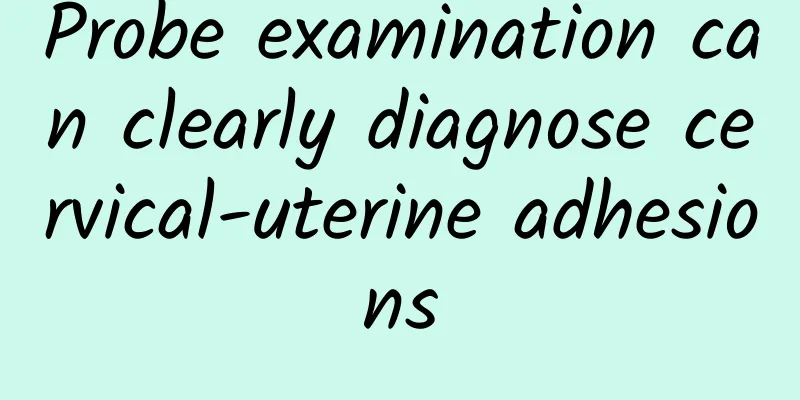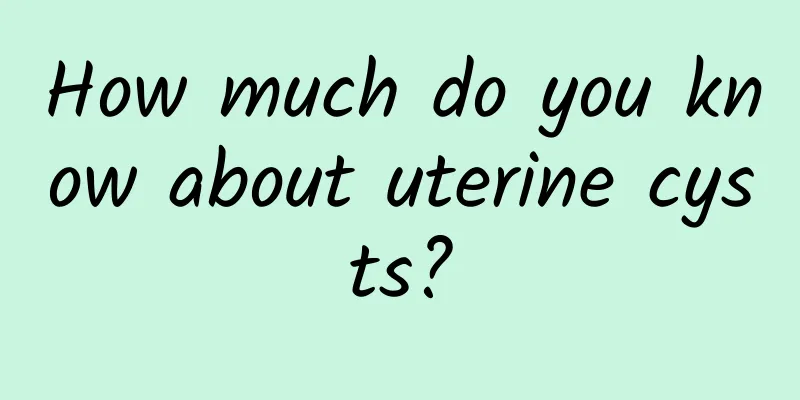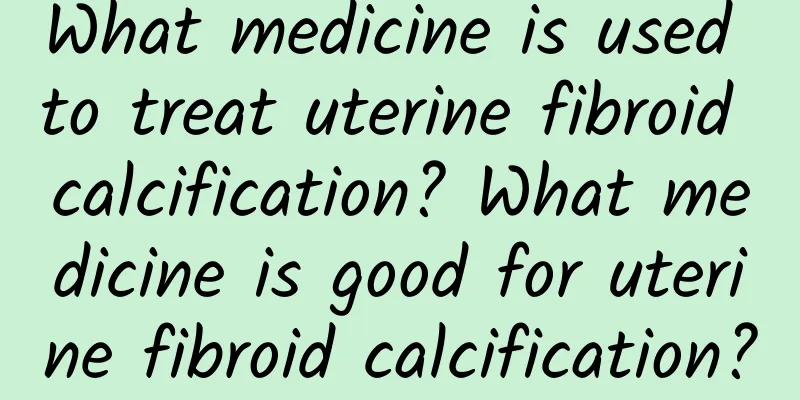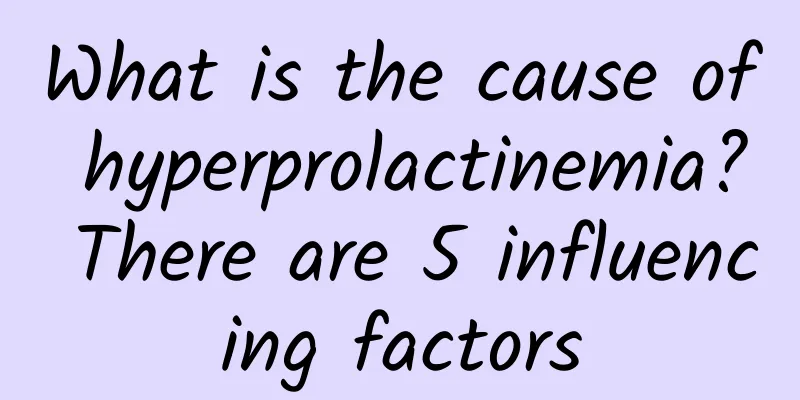Probe examination can clearly diagnose cervical-uterine adhesions

|
Cervical-intrauterine adhesion refers to the adhesion of the cervix and intrauterine cavity that occurs after artificial abortion, mid-term induced labor or full-term delivery, as well as after diagnostic curettage, endometrial resection and other surgeries. It depends on the area and degree of intrauterine adhesion after endometrial damage, and manifests as too little menstrual flow or amenorrhea. Various intrauterine surgeries cause trauma, leading to direct infection with pathogens, or inducing aseptic inflammatory response in the traumatic tissue of the uterine cavity, which are all important causes of intrauterine adhesion. After the uterus is traumatized, the lytic enzyme activity of fibroblasts in the endometrium decreases, resulting in temporary excessive collagen fiber proliferation, while endometrial hyperplasia is inhibited, resulting in scar formation and adhesion. In addition, when the estrogen level is relatively low, it may promote the formation of adhesions and make them more serious. At present, the treatment plan of supplementing low-dose estrogen after separating intrauterine adhesions is clinically effective. After intrauterine surgery, the menstrual volume is significantly reduced or amenorrhea occurs. Some patients have cyclical abdominal pain, intrauterine blood accumulation, endometrial destruction, and uterine cavity deformation, which often lead to infertility or spontaneous abortion, premature birth, placenta previa, placenta adhesion or implantation, etc. Therefore, the probe examination can reveal obstruction or stenosis of the internal cervical os. If the adhesion is mild, there may be a sense of breakthrough after the obstruction, and then a small amount of dark red blood will flow out after entering the uterine cavity. If there is intrauterine adhesion, the probe will feel restricted in movement after entering the uterine cavity. Most cases can be diagnosed based on typical medical history and uterine cavity examination; some cases require iodized oil hysterography or hysteroscopy. |
<<: Diet therapy for amenorrhea
>>: Treatment of Sudden Menstrual Arrest with Chinese Patent Medicine and Diet Therapy
Recommend
Chronic adnexitis may cause infertility
Chronic adnexitis may cause infertility. If peopl...
Can I take levofloxacin for candidal vaginitis?
Levofloxacin is not usually recommended for candi...
Build a body that is less prone to fatigue! Do hip stretching exercises to make the pelvis more stable
These stretches affect the base of the body, name...
Vaginal dryness and irregular menstruation
What's wrong with vaginal dryness and irregul...
What are the diagnostic analyses for menopause?
Women in menopause are affected by many factors, ...
How to treat endometriosis with traditional Chinese medicine?
How to treat endometriosis with traditional Chine...
Can uterine fibroids cause miscarriage?
Can uterine fibroids cause miscarriage? Uterine f...
How to take care of your body after miscarriage
Women who have failed to take contraceptive measu...
Endometrial tuberculosis regular hospital expert advice
I believe that every female friend does not want ...
Fatigue and can’t get rid of your belly? Regulate hormones in 3 weeks to activate youth and delay aging
No matter how much you sleep, you still feel tire...
What is the difference between acute pelvic inflammatory disease and chronic pelvic inflammatory disease
In response to the problem that many pelvic infla...
Can an unharmonious sex life lead to cervicitis? What are the methods for caring for cervicitis in summer?
As we all know, cervicitis is a common gynecologi...
What are the symptoms of mild cervical erosion? Check out the three major symptoms of mild cervical erosion
Because cervical erosion can cause infertility, w...
40% of disadvantaged students prepare their own meals during summer vacation and the nutritional conditions are poor
Xiaobao and his sister have been raised by their ...
Typical symptoms of several major ovarian cysts
Ovarian cyst refers to the disease of ovarian tum...









